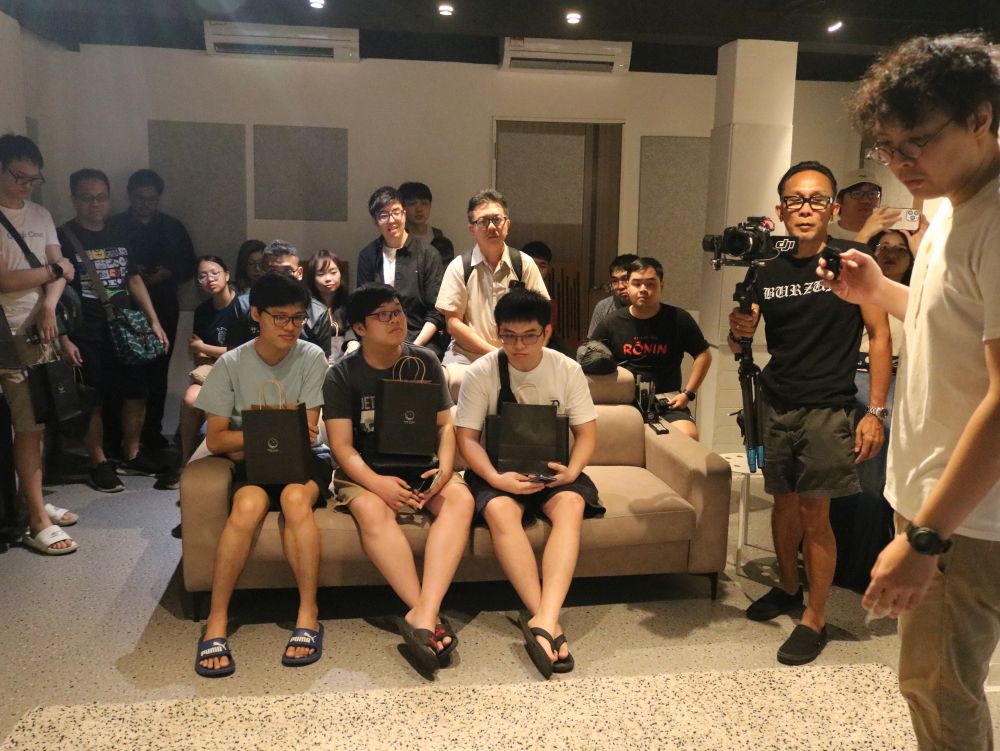
2025 has started on a pessimistic note as many Malaysian audiophiles are talking about the AV business dying and this has been worsened by news of Yamaha Home Audio pulling out of the Malaysian market and uncertainty over whether big brands like Bowers & Wilkins (B&W), Denon, Marantz, Polk Audio, Classé and Definitive Technology will still be around in the world market.
The pessimistic mood is affecting not only Malaysians, but audiophiles all over the world. Many writers have noted that only white-haired senior folks attend AV shows and the young ones are not bothered about hi-fi or home theatre.
I think what is happening is a confluence of several factors. The COVID-19 lockdowns saw a rise in upgrades and changing of sound systems because of boredom being stuck at home and having no avenues for spending money like travelling and eating out. The realization that life was unpredictable and short following news of friends or relatives dying from COVID-19 gave rise to YOLO (You Only Live Once) influencing how people spent their money.
When the lockdowns were lifted, purchasing of new hi-fi and AV components declined as people decided to spend their money enjoying their freedom by travelling, experiencing new things and trying new cuisines.
Meanwhile, the Millennials and Gen Zers became addicted to their smartphones and were happy listening to Spotify with headphones. Some upgraded to DAPs and IEMs.
Are the Millennials and Gen Zers listening to music? Yes, but on smartphones with headphones. Are they watching movies? Yes, on Youtube and Netflix on tablets and laptops.
I think these developments have led to some hi-fi and AV manufacturers ending up in financial trouble. Another factor that led to the present situation is solely the fault of the manufacturers — pricing their DACs, preamps, amps, speakers, streamers at crazy prices like RM100,000 and above, with some speakers costing more than RM1 million. They were targeting the Chinese multi-millionaires and billionaires — and then China’s economy started to falter…
Is there light at the end of the tunnel? I think there is some hope, but not all brands will survive. So far, we know that Onkyo, Klipsch and Integra are still in business. As for the brands under Masimo Corporation, I think B&W, Marantz and Denon will survive.
The ‘rebirthed’ Onkyo made an impressive ‘debut’ at CES 2025 and there is optimism that Onkyo will deliver more.
Another trend some manufacturers and writers have noted is that the Millennials are graduating to simple home stereo systems. The upgrading path takes place like this: They start off listening to music with headphones plugged into their smartphones, then they move up to DAPs and a selection of IEMs. During the COVID-19 lockdowns, they Worked From Home and bought dongle-DACs and active speakers. Then they found girlfriends or wives who complained about the boyfriend/hubby enjoying himself listening to music at his WFH space while the better half heard only silence in the living room of the apartment they rented or bought. So a simple system comprising a streamer/DAC/amp was bought and connected to entry-level bookshelf speakers so that the GF/wife would be happy. This then could be the beginning of a life-long relationship with hi-fi.
As for home theatre, the high cost of landed property has forced young couples to rent or buy apartments/condos and the limited space has ruled out home theatre systems with five or more speakers, Atmos speakers and sub-woofers. Thus soundbars have become popular and these are paired with OLED, QLED or mini-LED TVs.
Some manufacturers have spotted these trends and have launched all-in-one streamer/DAC/headphone amp/amp or streamer/DAC/headphone amp/preamp components. Soundbars by Samsung, Sonos and Sony have been well received by the younger segment of the market.
The Millennials and Gen Zers desire convenience and affordability. If the manufacturers can give up making 500,000-dollar pre/power amps and million-dollar speakers and appeal to the young fellas with components that offer convenience, connectivity, affordability and quality….then there can be light at the end of the tunnel.
